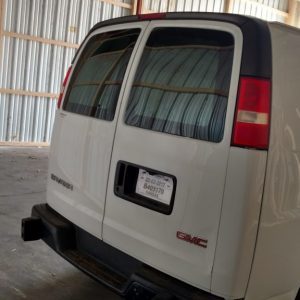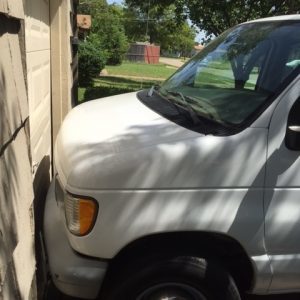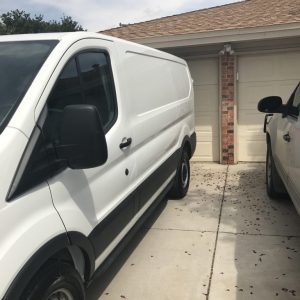Vehicle Photo Guide
THIS IS A QUICK GUIDE TO HELP ENSURE THAT WE COLLECT THE BEST PHOTOS OF YOUR VEHICLE.
We ask for photos of your vehicle for a variety of reasons:
- To confirm make, model and trim level.
- To visualize any obstructions on the vehicle such as moldings, extreme curves, etc.
- To verify that the body condition of the vehicle is suitable for graphic application.
- To plan for any non-OEM parts added to the vehicle.
During the design and creative process, our team will reference your photo multiple times to ensure that our templates accurately match the vehicle in which you have submitted photos for. Without proper photos we cannot guarantee proper fit nor can we make design suggestions in case your vehicle has different moldings, etc. or suggest repair work that should be completed prior to installation.
Our templates are two dimensional so your photos helps our creative team visualize the vehicle as it sits in the 3D world and plan designs accordingly. In the off chance that you have a custom vehicle or one that has aftermarket parts, modifications or boxes, we may require certain measurements. Our team will be in touch in those cases along with a detailed drawing showing what and where to measure.
How to Take Vehicle Photos
Take photos as straight on as possible. The greater the angle the harder for our team to verify key components and ensure the best fit.
These examples show various components that we would look for such as:
- Plastic Molded Bumpers
- Side Moldings
- Rear Moldings
These are areas that cannot be covered with vinyl graphics and could greatly interfere with the design if not planned for upfront.
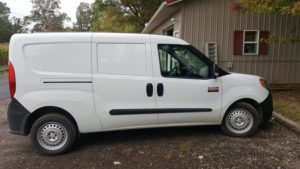

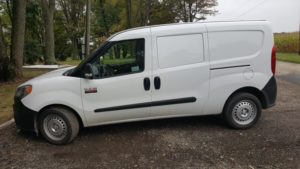
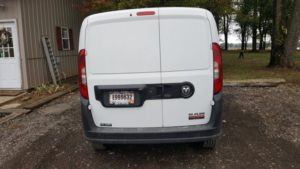
Our 2D templates are very accurate, however, there can be some inconsistencies between the templates and the actual vehicle. In this example, our creative team was able to pinpoint the location of the emblems on the rear of the vehicle that were not depicted on the template. Since we had photos, we were able to call our installation instructions in order to keep the design consistent with the program.
Photo Examples:
Good Photos
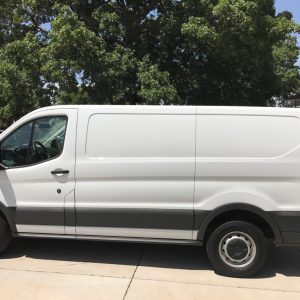
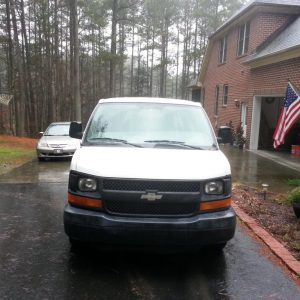
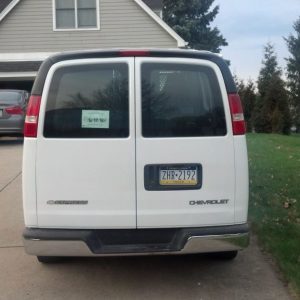
Bad Photos
